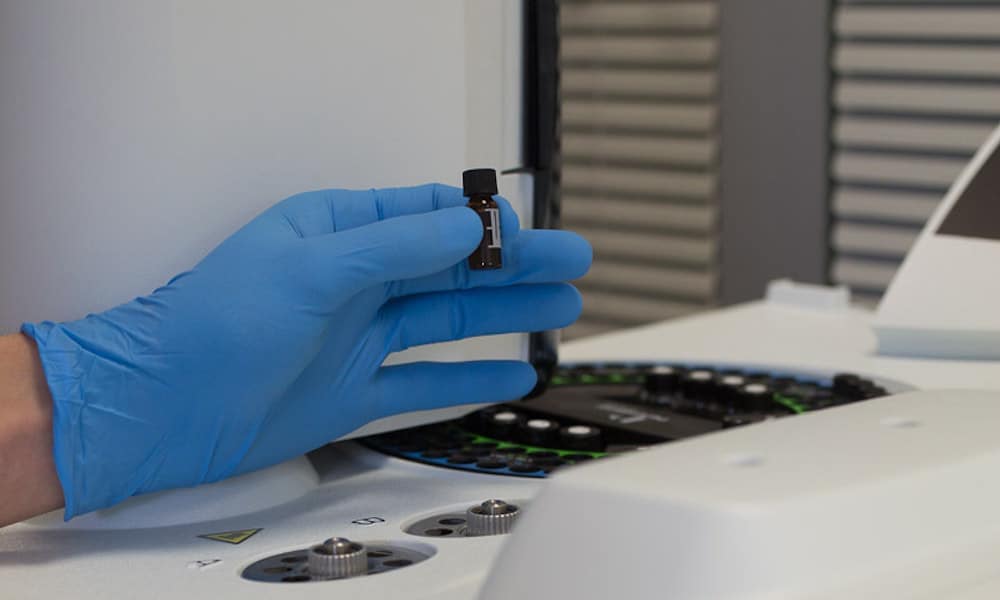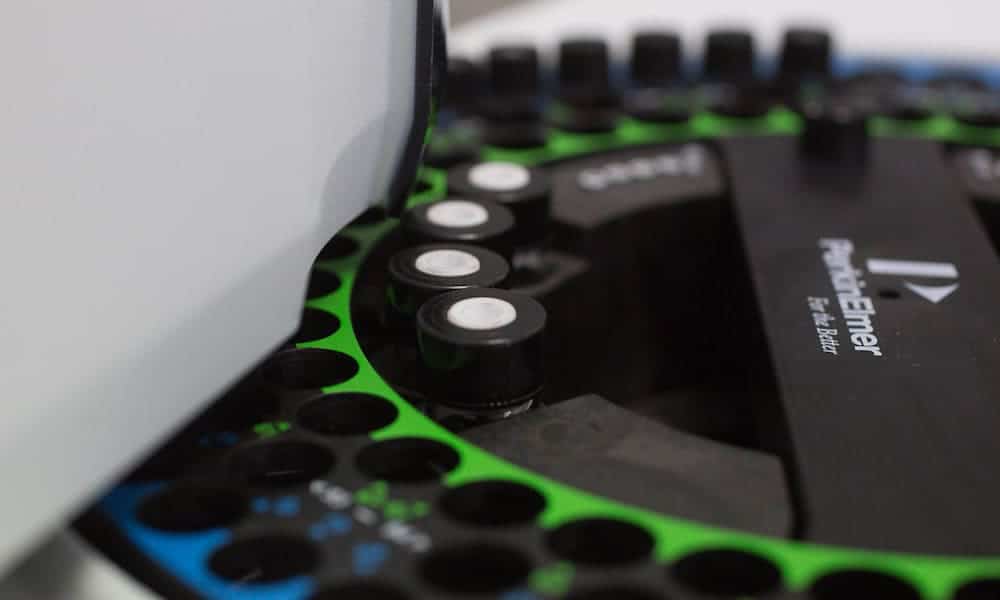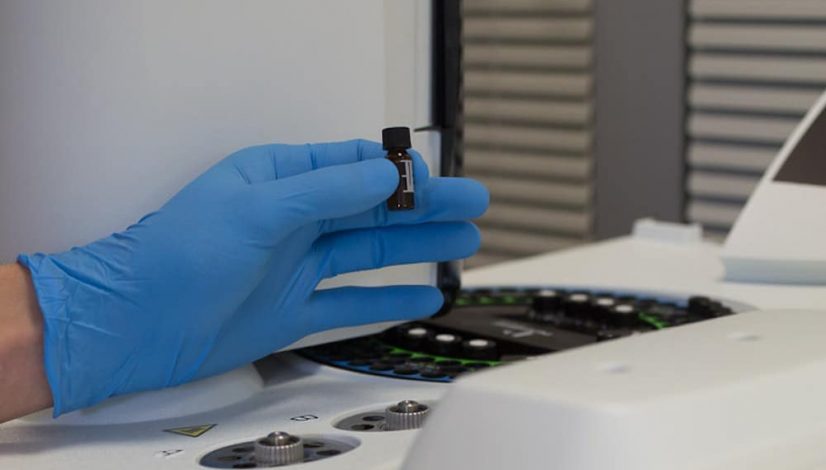What Is The Breeding Process About?
Plant breeding is surely the most romantic aspect of the cannabis industry and, of course, the most important too. From these breeding and selection processes derive the new strains that later go on sale. And those who are responsible for making sure the whole process runs smoothly are the breeders.
They are pivotal figures of seed banks as they are responsible for the creation and improvement of cannabis strains. We have talked to the team of breeders of Dinafem Seeds to learn about what goes on behind the scenes. How are new cannabis strains created? What does this job really entail? Keep reading to find out!
What Does The Breeding Process Involve?
The breeder sets their goal, that is, the ‘ideal plant’ they want to obtain, which they use to select the parents—plants which resemble the ideal he is after as closely as possible. Once they have selected the parental plants according to the desirable traits, they cross them to obtain the first generation, referred to as F1.
They then assess the individuals of the F1 and selects the ones that most closely resemble the target plant. The F1 individuals that exhibit the desirable characteristic are either inbred (crossed between them) or backcrossed (crossed with the parents), according to the specific goal.
The offspring of the F1, the second generation or F2, is assessed and the individuals with desirable traits are selected and crossed into the F3. The resulting third generation is normally a stable population, although in some cases—with autoflowering strains, for instance—a fourth generation may be necessary to ensure stability.
What Is A Breeder?

Dinafem
Breeders are professionals that create cannabis strains whose traits stand out for some reason, bringing something new and different to the market. To put it simply, they seek to improve and diversify the existing cannabis strains. The parameters that define the traits that should be enhanced are very subjective though, as they respond to factors such as market demand and the economic profitability of the production process.
The varieties available in today’s market are genetics recombinations of other strains created by breeders through selection processes. In that regard, one could say that breeders are the heart of seed banks, for without them there would be no new strains to market.
What Do Breeders Look For When Creating A New Strain?

Dinafem
Vigor
This feature is one of the most appreciated one by breeders, as vigorous plants tend to grow bigger and produce higher yields.
Adaptability
With cannabis being grown all around the globe and in very disparate environmental conditions, adaptability is definitely something to consider.
Hardiness
Hardiness is the ability of a plant to survive adverse weather conditions such as cold or hot temperatures, humidity and drought.
Resistance to Pests and Diseases
Just as with hardiness, strains can be bred to be particularly resistant to certain pests and diseases.
Maturity
Controlling the maturity time of plants is a fundamental aspect of cannabis growing. Whether for producing fiber, flowers or seeds, knowing when a plant has reached maturity is key for harvesting.
Calyx-to-Leaf Ratio
Closely linked to the yield of plants, this is another feature breeders pay close attention to. When assessing this parameter, attention should be given to the colas, that is, the main buds of plants. A calyx-to-leaf ratio of 1:1 is poor, 2:1 is acceptable, 4:1/5:1 is good and 7:1/10:1 is excellent. A good calyx-to-leaf ratio is often synonymous with a good crop—in terms of quantity, not potency—and means less manicuring work.
Flower Traits

Dinafem
For obvious reasons, this is one of the most important aspects of breeding, and different factors need to be taken into consideration:
- Shape
- Calyx size
- Colour
- Cannabinoid amount
- Cannabinoid profile
- Flavour and aroma
- Durability of the aroma and the cannabinoids
- Trichome typology
- Resin quantity and quality
- Resin persistence
- Drying and curing times
- Shape of the leaves: This trait is important with regard to the plant’s adaptability to the environment.
- Morphology: A plant’s phenotype depends on several factors, such as the environment and the growing conditions. That said, genes play a key role too, morphology being a major point to take into account in breeding.
- Size: Determined by the growing conditions, the environment and the genetics, size is something breeders should always bear into account during the breeding process, particularly when creating strains that are well suited to indoor growing. In such cases, Sativa genetics are best avoided, as the resulting plants would grow too big, causing havoc in the grow tent.
- Productivity: In today’s increasingly competitive market, creating highly productive strains is a major focus for most breeders.
- Potency: Although we are experiencing a gradual paradigm shift, increasing the THC levels has been a haunting obsession for breeders in the last decades. More recently, however, many breeding processes focus on increasing the levels of other cannabinoids, such as CBD.
The Musts of Breeding
Selection
Genetic selection is at the heart of all breeding processes. In the cannabis industry, these are based on Mendelian genetics, that is, on the analysis of the genetic patterns that are expressed in phenotype generation after generation.
Controlled Pollination
It is of utmost importance that only the pollen of the parents selected by the breeder for their characteristics passes on the genetic information to the next generation.
Large Samples
Obviously, results vary if the genetic selection is made from a large or from a small sample. The best plant out of ten specimens is less likely to differ materially from the rest than the best plant out of 1,000.
Alternatives
Using large samples for genetic selection requires having a big, covered space, plenty of time, dedication and money. Yet not all breeders have so many resources available. This is why many of them resort to early selection as an alternative, as seedlings take up less space than adult specimens and some basic traits such as vigor are already detectable in the first life stage of plants.
Goals of Breeding

Dinafem
Breeding has many different applications and there are several reasons that might prompt breeders to engage in a genetic selection process:
Improving and/or Fixing the Traits of a Strain
Sometimes the progeny shows a trait that was not expressed in the parental phenotypes, but with the work of breeders, it is possible to fix it so as to ensure it is invariably present in the future generations. This is why there are many versions of the same strain available in today’s market.
Creating a New Strain
Market requirements urge breeders to be constantly on the lookout for new strains.
Replicating a Lost Strain
A tricky task with no guarantee of success whatsoever. If for whatever reason, the parents of a strain go lost, breeders may decide to gather all the genetic material available and try to replicate the lost genetic combination as accurately as possible. Although results can be very good, without the right lab equipment it is materially impossible to obtain the very same genetics. That said, hard work, repetition and lots of selection can lead to over 90% accuracy. It won’t be the same genetics, but it will be close.
Creating Strains that are Suited to Different Environments
Thanks to the great adaptability of the plant, cannabis is grown all around the globe, with millions of growers having the possibility to harvest excellent crops. In that regard, breeders can create strains that, because of their genetic characteristics, are better suited to certain environmental conditions than others. Dinafem’s technical team, for instance, worked very hard in the creation of Critical+ 2.0, an improved version of Critical+ whose characteristics make it more resistant to humidity and, thus, well suited to harsher climates.
Increasing the Levels of Certain Components
Some cannabinoids have been proven to be useful in the medical field. This is why so much breeding effort has been invested in creating strains rich in cannabinoids such as CBD. While for many decades breeders have focused on increasing THC levels, the scientific research demonstrating the medicinal properties of CBD has resulted in an increased demand for pure CBD strains. Dinamed, the first pure CBD feminized strain in the world, is a good example of a long and laborious breeding process in that regard.
The post What Is The Breeding Process About? appeared first on High Times.


